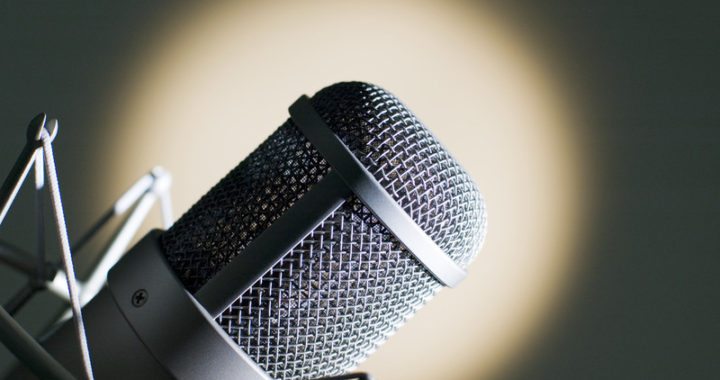Momentum is not easy to identify in music, but you know you’re experiencing it when you feel the need to keep listening. As you listen, you get an impression of a kind of musical tension — tension that needs to find a release. And as the listener, you need to wait long enough to hear and experience that release.
 “The Essential Secrets of Songwriting 10-eBook Bundle” comes with an excellent Study Guide that’s meant to get your songwriting moving in the right direction. Also comes with a FREE eBook, “Use Your Words! Developing a Lyrics-First Songwriting Process.”
“The Essential Secrets of Songwriting 10-eBook Bundle” comes with an excellent Study Guide that’s meant to get your songwriting moving in the right direction. Also comes with a FREE eBook, “Use Your Words! Developing a Lyrics-First Songwriting Process.”
A good example is melodic range. Most songs use a verse melody that hovers around the lower notes of the singer’s range. Having had decades of songs to listen to in the pop genres, experience tells us that the chorus melody will move upward to be near the top of the singer’s range.
That moving from low range to high range generates a kind of musical excitement, one that we would call momentum, or forward motion. When that higher range arrives, and particularly if we feel we’ve heard some kind of climactic high point, that equates to a musical release.
All songs need momentum, or they risk boring the listener. They don’t need a lot of it, but there needs to be the expectation on the part of the listener that the music is going to gather some energy and create an expectation that as good as the song is, better moments are coming.
I’ve mentioned melodic range, but in most music, we become aware that there are many ways to generate tension and release, and usually all of those ways intersect and overlap each other.
Some of those other ways create short little bursts of tension and release, like a drummer’s beat, where the snare on beats two and four, coupled with the bass drum on beats one and three (or even on all four beats). The drummer is creating tiny tension-release events that keep us focused.
What are some other ways that we create musical momentum in songwriting?
- Chord progressions which start on a I-chord, move away from one, and then journey back: I-vi-ii-V-I (C Am Dm G C)
- Lyrics which start a song by simply making observations, but gradually as the verse approaches the chorus will evolve to something more intensely emotional, then back to observational for the next verse. (Example: Almost any/every pop song you can name)
- Instrumentation which starts with an energetic, loud intro, moves to a relatively quiet verse, opens up to a loud chorus, then moves back again to a quiet verse. (Good example: “Smells Like Teen Spirit.”)
- Vocal rhythms which are quick and rhythmically active in the verse and then switch to using longer, simpler rhythms in the chorus or refrain, then back to quick and rhythmically active in the next verse. (Good example: “I’m On Fire” (Springsteen))
- Instrumental rhythms which are clean and relatively uncomplicated in the verse, switching to busier rhythms in the chorus, then back to uncomplicated in the verse. (Good example: “Paperlate” (Genesis) – particularly the brass lines.)
It’s the cyclical nature of these elements — the fact that they recur again and again as the song progresses — that’s primarily responsible for creating momentum.
Most songs make use of several different elements of this sort, and they overlap and enhance each other’s affect. And you’ll notice them at different levels of presence within a song: some songs might feature a dramatic difference between verse and chorus melodic range, while another song, which uses the same melody for verse and chorus, might feature more intense instrumental rhythms in the chorus than in the verse.
It’s a good exercise, as you complete your songs, to make a little list of how and specifically where you think musical momentum and energy is being generated within your song. Even gentle ballads need some sort of forward motion, so just because your song is quiet and relaxed does not remove the need for this important quality.
 Written by Gary Ewer. Follow Gary on Twitter.
Written by Gary Ewer. Follow Gary on Twitter.
 For most good songs in the pop genres, getting a hook working properly is vital. “Hooks and Riffs: How They Grab Attention, Make Songs Memorable, and Build Your Fan Base” shows you how hooks have made the world’s top songs successful.
For most good songs in the pop genres, getting a hook working properly is vital. “Hooks and Riffs: How They Grab Attention, Make Songs Memorable, and Build Your Fan Base” shows you how hooks have made the world’s top songs successful.
button-red text=”Buy ‘Hooks and Riffs’ ($9.95 USD) or Read More” title=”The Essential Secrets of Songwriting online store” url=”https://www.secretsofsongwriting.com/prepurchase2.html”]










